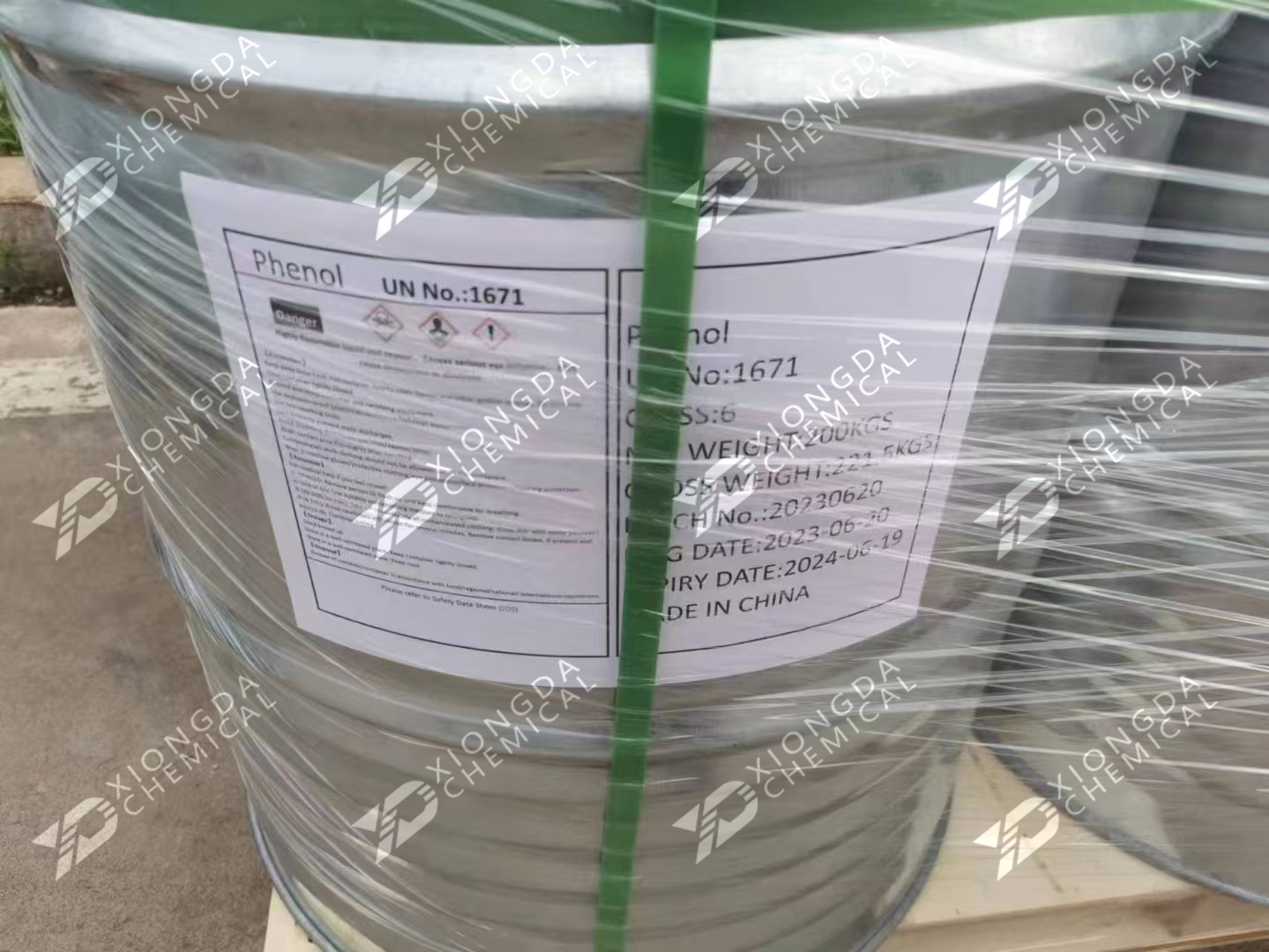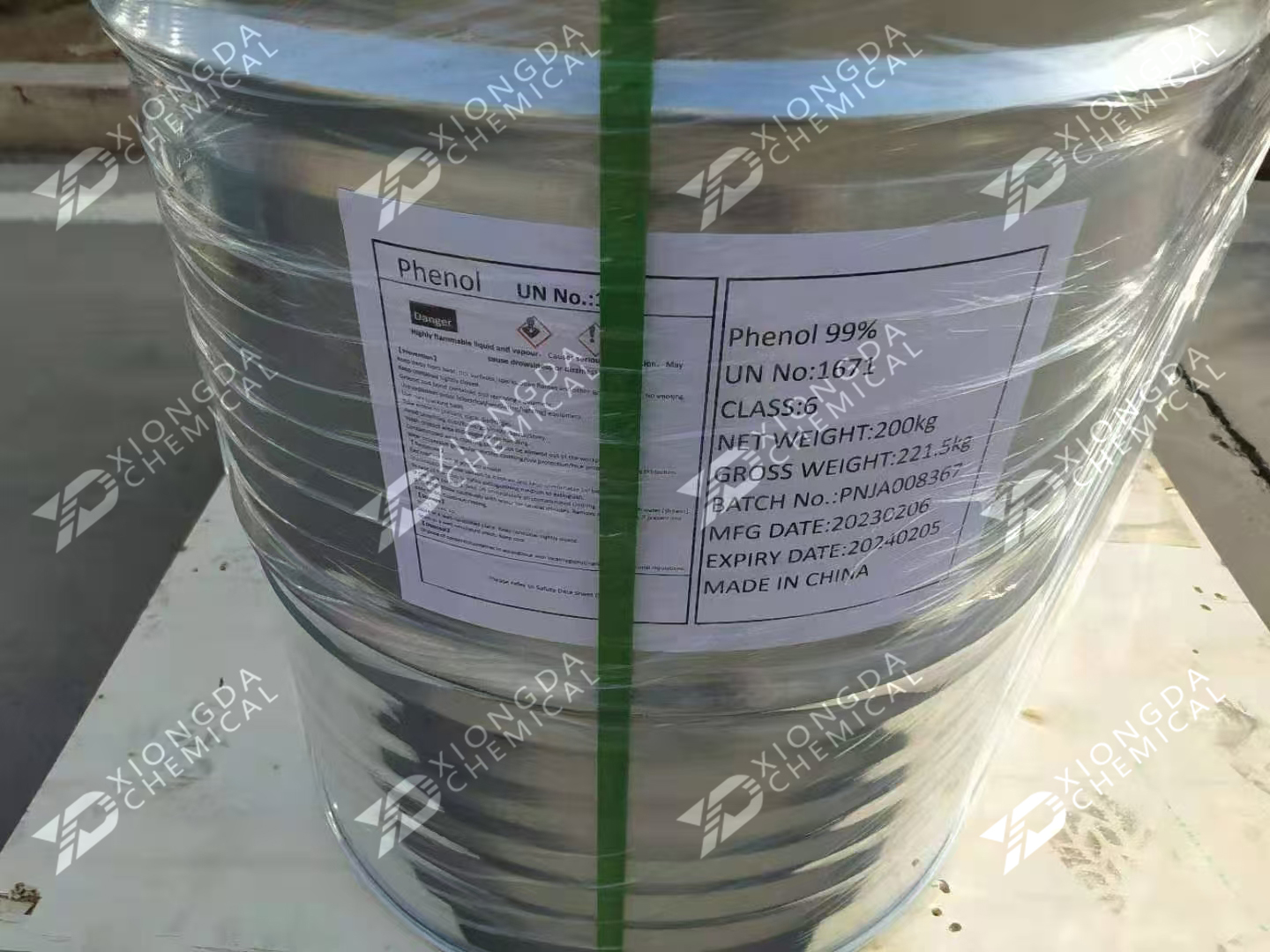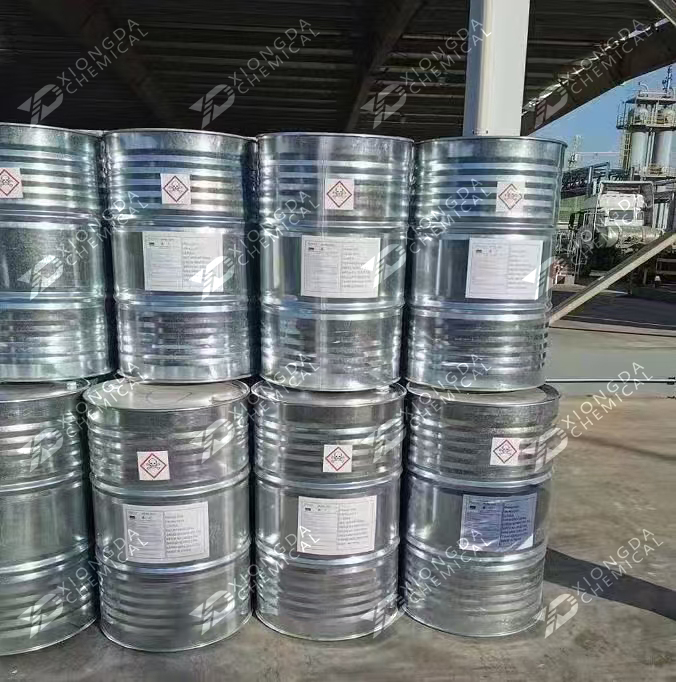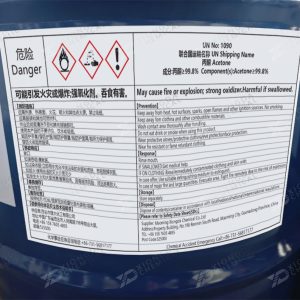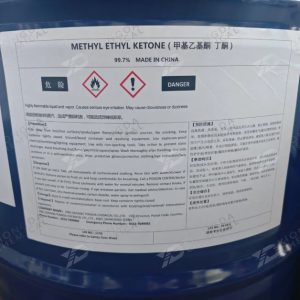Applications:
- Chemical Industry: Used in the production of resins, Bisphenol A (BPA), caprolactam (for nylon), and phenolic resins.
- Pharmaceuticals: Intermediate for synthesizing aspirin, preservatives, and other drugs.
- Disinfectants and Preservatives: Used in hospital disinfectants and medical applications.
- Petrochemicals: Intermediate for synthesizing plastics, dyes, and synthetic fibers.
- Explosives: Involved in the production of picric acid for explosives.
Hazard Identification:
- Toxicity: Harmful if inhaled, swallowed, or absorbed through the skin.
- Skin and Eye Irritation: Can cause severe burns and eye damage.
- Flammability: Flammable at high temperatures.
- Environmental Hazard: Toxic to aquatic life with long-lasting effects.


Precautionary Measures:
- Personal Protection: Wear protective gloves, goggles, and appropriate protective clothing.
- Fire Prevention: Store away from open flames and high temperatures.
- Handling Precautions: Ensure good ventilation and avoid inhaling fumes.
First Aid Measures:
- Skin Contact: Rinse immediately with plenty of water and remove contaminated clothing.
- Eye Contact: Rinse cautiously with water for several minutes and seek medical attention immediately.
- Inhalation: If breathing is difficult, seek medical help immediately.
- Ingestion: Rinse mouth with water, do not induce vomiting, and seek medical attention immediately.
Spill Response:
- Contain spills and prevent entry into drains.
- Use an inert absorbent material for cleanup.
Storage Conditions:
- Keep the container tightly sealed in a cool, dry, and well-ventilated place.

